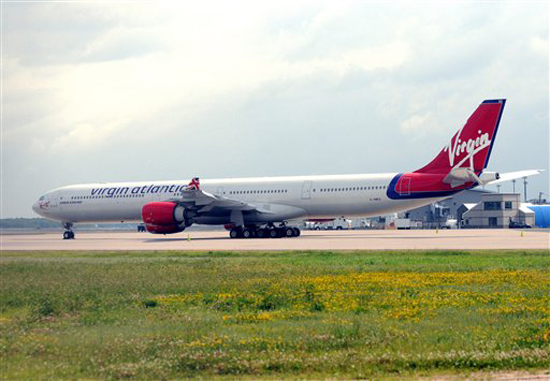Illegitimi non carborundum
Picking up from where I left off …
For the longest time I’ve toyed with the idea of renting out a simulator and recruiting volunteers in order to demonstrate the immense difficulty a nonpilot would have at the controls of a jet. Logistics and cost, unfortunately, would make this extremely difficult (the tab would likely be in the tens of thousands of dollars).
Recently I learned that something like this has already been done. Several years ago, researchers in Denver gathered together 112 private pilots and put them to the test in an old Boeing 737-200 simulator. Of the 112, only 23 managed to get the plane from 35,000 feet to a reasonably intact landing — in clear weather, with instruction from the ground. Approximately 50 percent were unable to manage anything at all. Mind you these were FAA certificated pilots.
Anyway, I never heard back from Jon Hilkevich. That’s the Chicago Tribune reporter who, in covering the story of the American Airlines flight attendant pressed into cockpit duty after one of the pilots fell ill, said of the Boeing 767: “In fact, the sophisticated plane, equipped with an array of computers, can fly and land by itself.”
I e-mailed Mr. Hilkevich a note of cordial disagreement. I’m not sure what to make of his silence. As both an air travel writer and a pilot with more than a thousand hours of 767 time under my belt, I felt that my protest would carry some weight and credibility. Alas it was met with silence. Perhaps big city reporters don’t take kindly to lowly airline pilots explaining what it is they actually do for a living. I suppose I wouldn’t mind so much if not the fact that Hilkevich is the paper’s transportation writer, and in that capacity, with its presumed expertise, he ought to be more careful.
(And as more of an aside than anything else: I was also a little struck by Hilkevich’s implication that the Boeing 767 is some state-of- the-art aircraft. Yes, it’s a perfectly capable aircraft with “an array of computers,” but it was designed in the 1970s.)
All right, as you can see it’s proving hard for me to get this topic out of my system. Yeah, yeah, yeah, planes can’t fly themselves; the realities of cockpit automation are widely exaggerated and misunderstood. I’m tired of complaining about it, and chances are you’re tired of reading about it. But I think what makes it so hard for me to let go is just how pervasive these myths have become. Conventional wisdom holds firmly the idea that pilots are on hand merely as a backup, that we “monitor” rather than fly. The press and pundits repeat this garbage constantly, and millions of people now believe it. I keep hammering because it’s important.
I was on a talk show last fall. The host, Emily Rooney, who might be an esteemed journalist but who has no aviation background or expertise whatsoever, remarked matter-of-factly of airline pilots, “We don’t need them.” She believes this because that’s what she’s been told by too many of her peers and colleagues.
This bad information trickles out to the public and becomes “fact.” Only a few weeks ago I received a letter from a supposed frequent flier who asked, “What percentage of landings nowadays are still made manually?”
Virtually all of them, is the answer. I see only a small handful of automatic landings — “autolands,” in the vernacular — every year, not counting those practiced in the simulator. Practiced? Yes, because in most respects automatic landings are more complicated, and more work-intensive, than those performed by hand. (For the record, autolands have been around since the 1960s. The first commercial jet so equipped was the British-built Hawker Siddeley Trident.)
I put the blame on three pairs of shoulders:
1. The echo chamber media, for not doing its homework.
2. The academics, researchers and bureaucrats sought out by the media for aviation commentary. “Felix Feelgood, professor of aeronautics at Suchandsuch University, says that …” These people are bright and their work might be important, but they often have little or no experience in the day-to-day operation of commercial aircraft. Yet they’re granted a majority of the airtime.
3. Pilots. We’re often our own worst enemies, enamored of gadgetry and, in our attempts to explain complicated procedures to the layperson, given to dumbing down. “Aw, shucks, this plane lands itself. ” Perhaps for some pilots this is an attempt to be humble and self-effacing, but it’s also self-destructive. It undercuts and devalues our profession. Why shouldn’t we pay a regional pilot $18,000 a year if, after all, he’s just sitting there “monitoring” things.
– – – – – – – – – – – –
Do you have questions for Salon’s aviation expert? Contact Patrick Smith through his Web site and look for answers in a future column.

